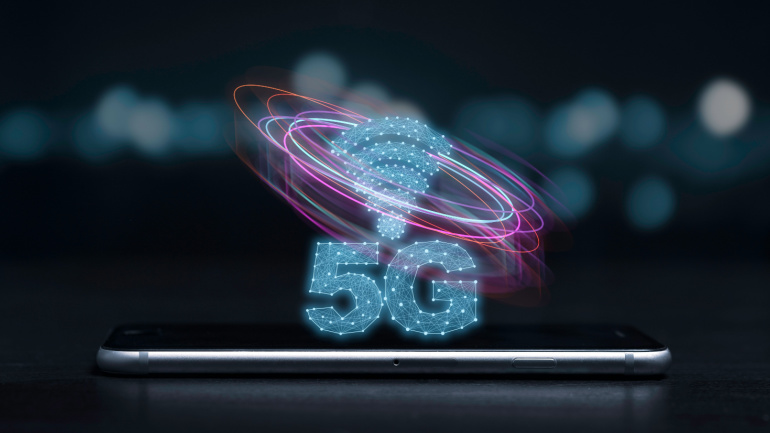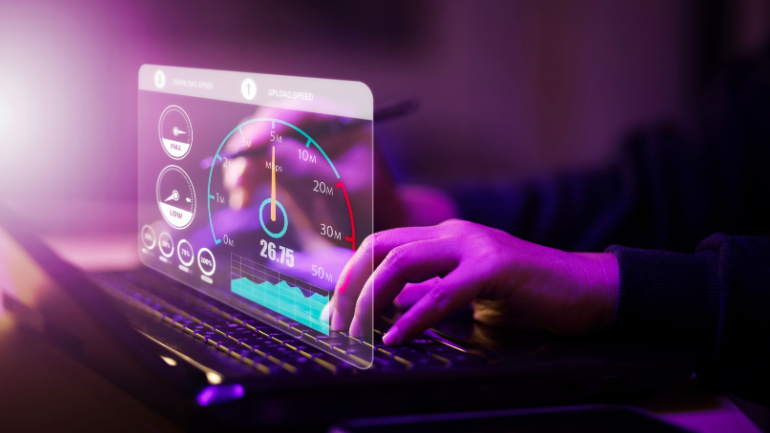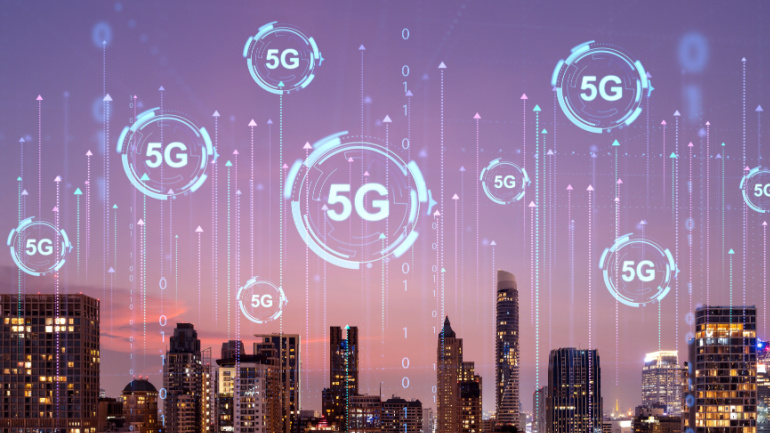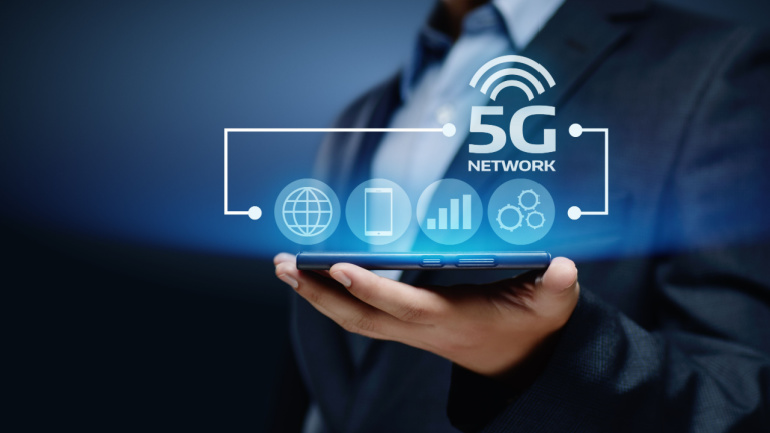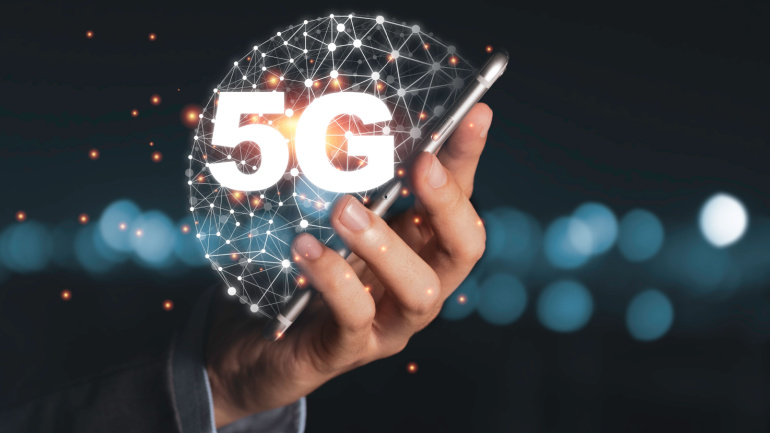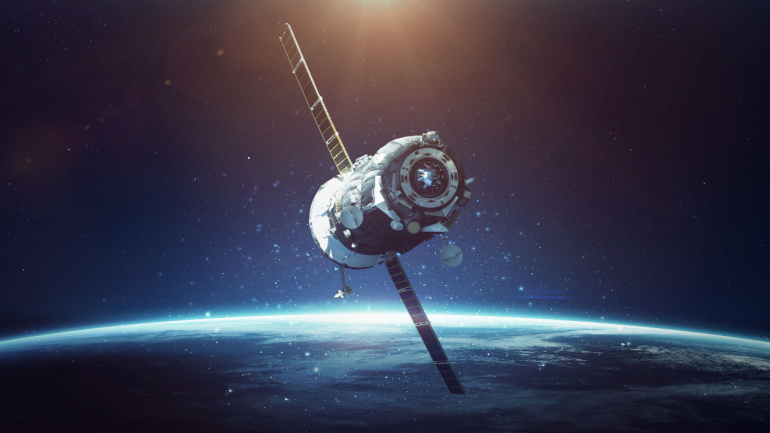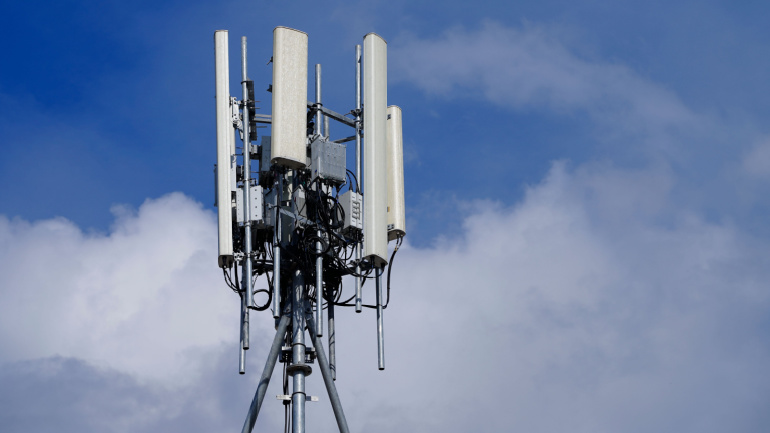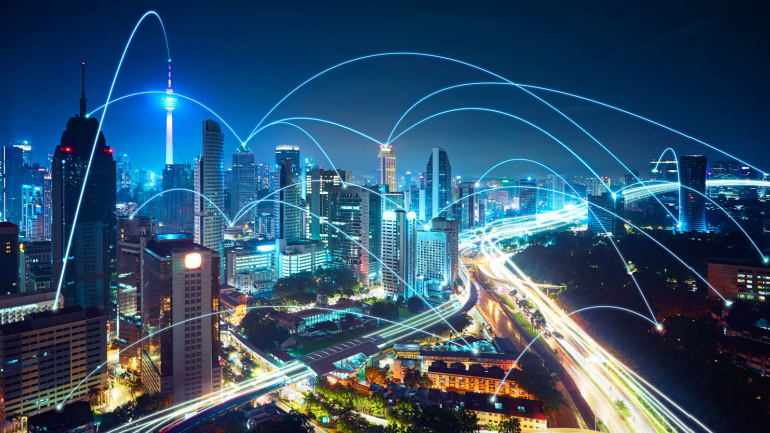Recognizing the growing demand for mid-band spectrum, the International Telecom Union (ITU) appends new frequency bands for 5G usage. A significant addition was the 6GHZ spectrum, which is anticipated to facilitate the 5G evolution. Multiple global operators have conducted successful tests, making strides toward a seamless shift to 5G-Advanced. This advancement not only opens a myriad of industry opportunities but also promises an improved user experience potentially comparable to the fiber experience.
Vodafone, Xiaomi, and Qualcomm Technologies Inc have achieved a pivotal breakthrough in 5G advancements. Successfully trialing an innovative 5G uplink technology, these giants have demonstrated unprecedented upload speeds, reshaping the digital landscape.
In a fiercely competitive telecom landscape, where operators strive to meet the ever-increasing consumer demand for fast, accessible, and reliable 5G networks and services, MedUX, a leader in international fixed and mobile network testing and benchmarking, has released exclusive research on 5G performance in the UK’s capital. This comprehensive report reveals that EE not only leads in 5G reliability but also is able to provide the overall finest Quality of Experience (QoE) in London, with a score of 4.61 out of 5.
In a recent study by Juniper Research, the forecast for 5G service revenues in 2024 shows a substantial increase of 32%, reaching an impressive $400 billion. As consumer 5G adoption approaches saturation, the study emphasizes the crucial role of 5G Advanced and 5G RedCap (Reduced Capacity) in sustaining this growth, particularly by targeting enterprise IoT users.
A Malaysian government-backed task force convenes today, in light of the impending launch of a second 5G network. With the first network boasting over 80% connectivity coverage, anticipation thrives. In an unexpected twist, the government took control after declining a traditional 5G spectrum auction. Initial resistance from local mobile operators eventually sheared, replacing defiance with a collaborative investment. The ensuing 5G network, however, aims to break this monopoly, fostering competition.
Iridium, taking the telecommunications industry by storm, aims to connect satellites directly to devices such as smartphones and automobiles through their Low-Earth Orbit (LEO) satellite infrastructure tightly woven on 5G. The key feature here is connecting ordinary smartphones straight to satellite connectivity.
Verizon has inked a new deal with the US Department of Defense (DoD) to install a 5G tower on Oahu, Hawaii. The $1 million project aims to address the longstanding issue of poor connectivity in the area surrounding the Army and Air Force Exchange Service’s (Exchange) HMR Express.
Exploring fresh avenues in cybersecurity alliances, Ukraine and Romania envision bolstering digital frontline with an impactful pact. The focus pivots around supercharging cybersecurity, enabling 5G technology, and rehabilitating Ukraine’s connectivity infrastructures in light of recent cyber breaches. Spearheading distinctive initiatives, the collaboration plans to fortify national networks, establish a cloud-based public e-service platform and popularize 5G technology across Ukraine.
In a groundbreaking move, T-Mobile, known as the Un-carrier, has achieved a significant milestone by completing the world’s first six-carrier aggregation call using sub-6 GHz spectrum on its operational 5G network. Collaborating with industry leaders Ericsson and Qualcomm Technologies, Inc., T-Mobile reported astonishing speeds exceeding 3.6 Gbps during the test, showcasing its commitment to pushing the boundaries of wireless technology.
With the advent of 5G and Wi-Fi 6, cellular connectivity offers an enticing alternative to Wi-Fi, especially in enterprise set ups. These advances, along with new approaches to spectrum policy, have spurred the expansion of private cellular networks (PCNs), giving companies more control over their connectivity. A deeper analysis reveals that despite its accessibility, Wi-Fi faces challenges like signal interference and limited coverage, where private 5G networks, underscored by robust security and higher capacity, outperform.



